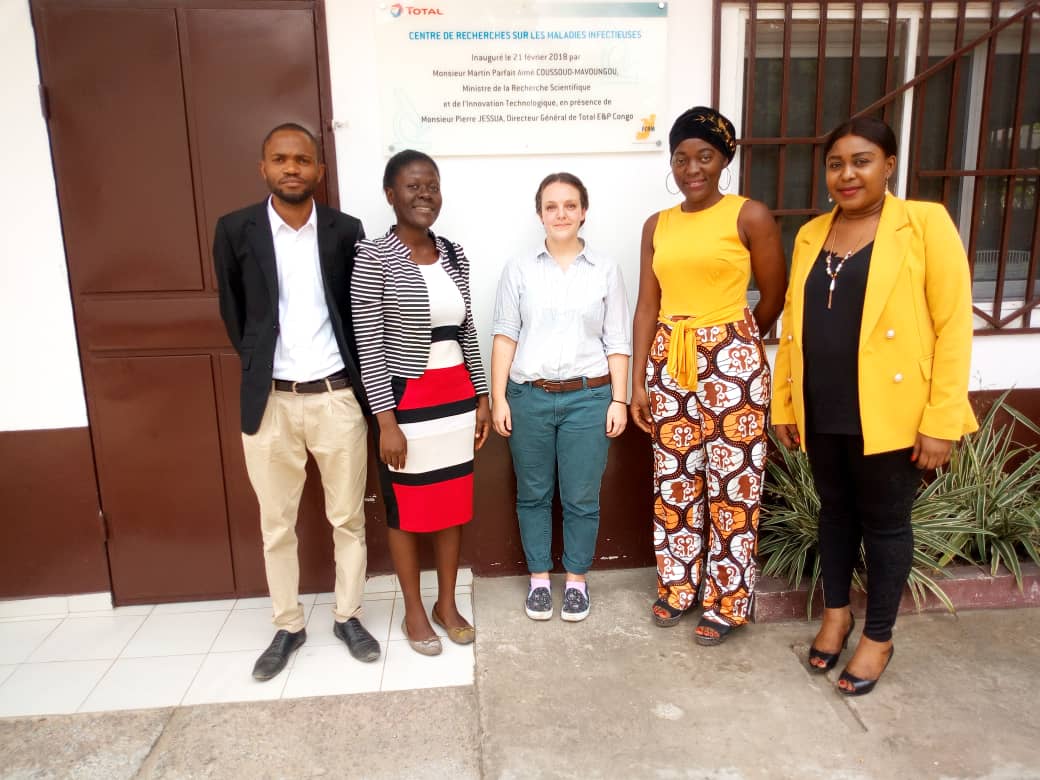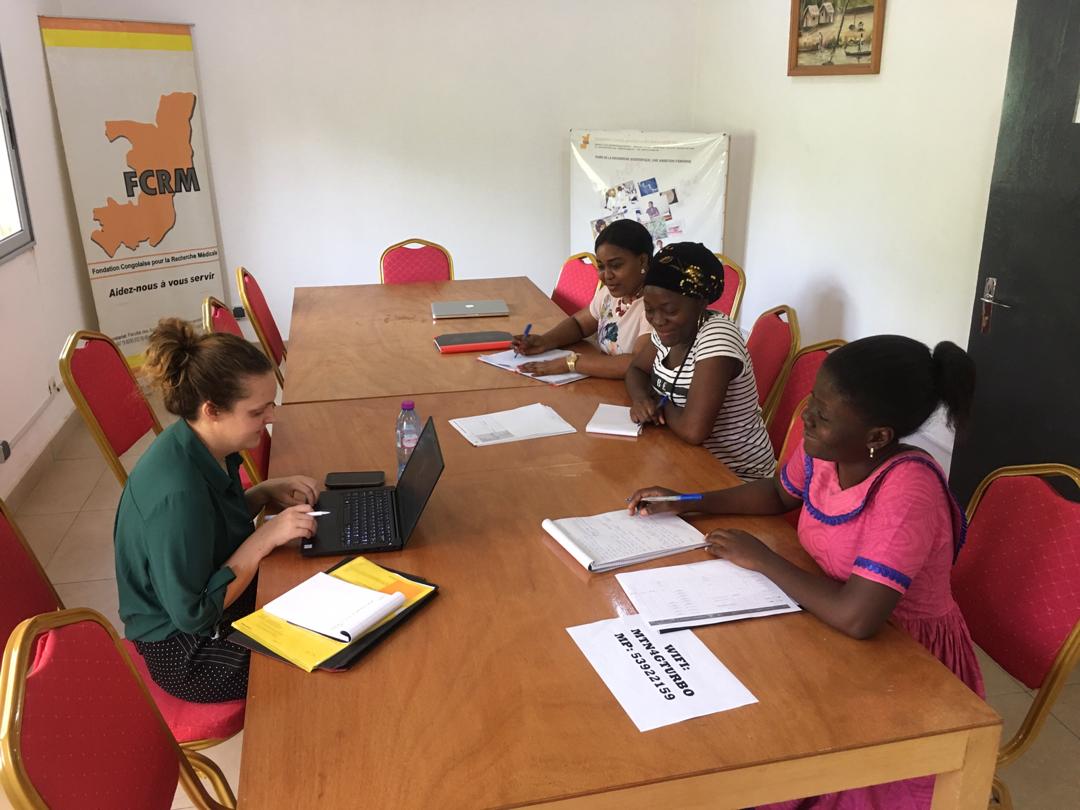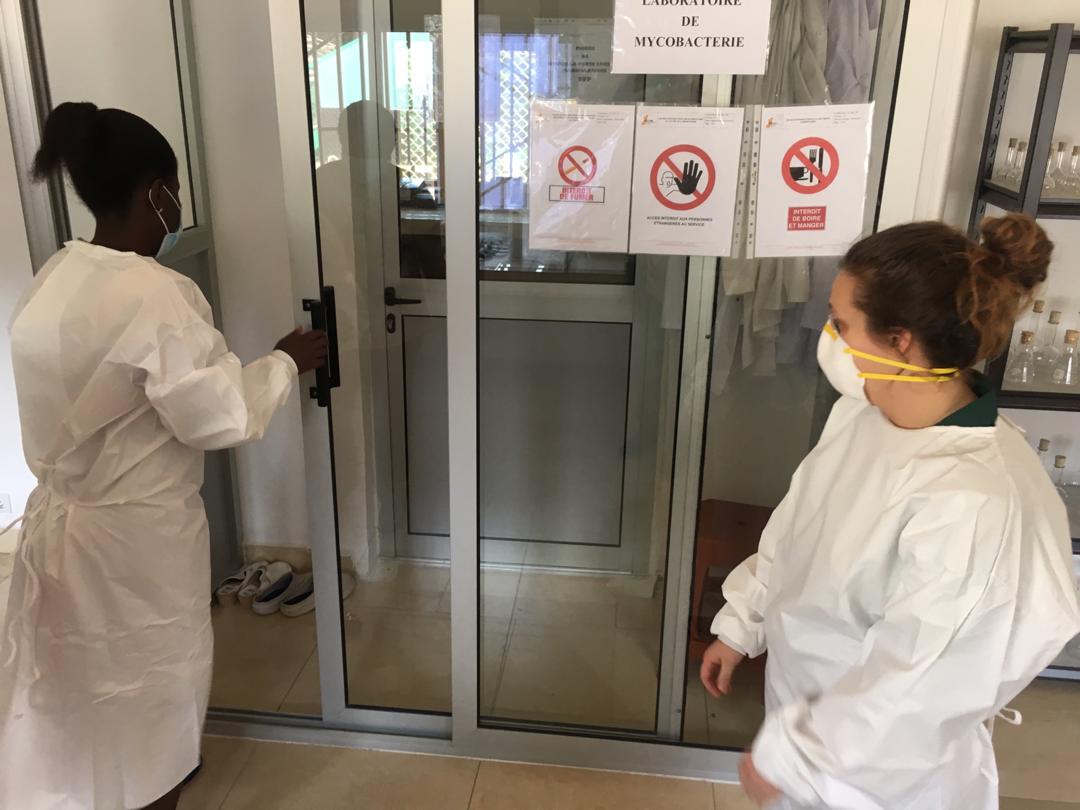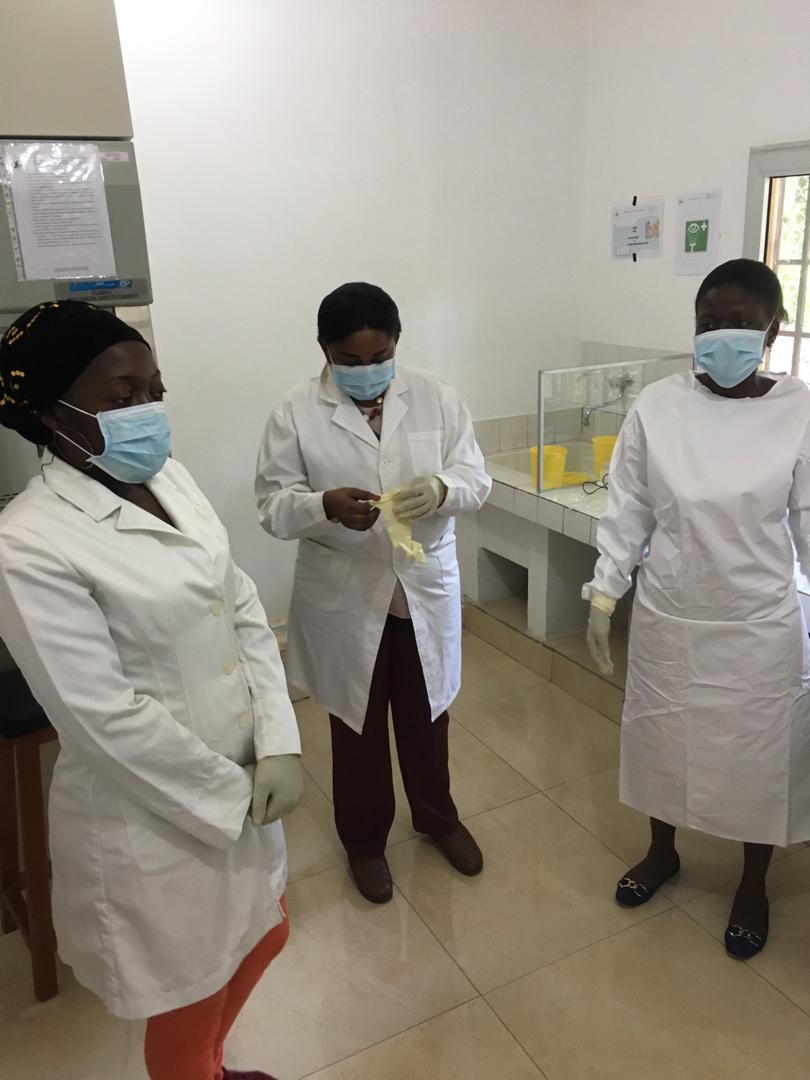
Tuberculosis (TB) and HIV/AIDs are two of the leading causes of death in the Republic of Congo, yet the public health systems for each are run entirely separately. Because of this, the prevalence of TB/HIV coinfection remains unknown within the country. Then there is the global problem of growing resistance to TB antibiotic treatment.
Tuberculosis is the leading infectious cause of death worldwide, killing roughly 1.5 million people per year. It is especially devastating in low-income countries, as its gruelling treatment plan means those infected often struggle to work, perpetuating an economic cycle that can trap entire communities. Diagnosis of TB within hospitals in Congo remains basic; sputum is smeared onto a microscope slide, stained to reveal the bacteria and then counted manually. Patients with co-infections of TB/HIV are often missed, because their smears come up bacteria-negative. Microscopy also cannot determine whether a patient harbours bacteria that is resistant to front line antibiotics, leading to potential delays in an already lengthily treatment programme.
To capture this missing data the Fondation Congolaise pour la Recherche Medicale (FCRM) is undertaking a study of patients in Makélékélé hospital, one of the largest hospitals in Brazzaville. To effectively identify TB/HIV coinfection and antibiotic resistance rates microscopy just isn’t enough; gold standard equipment is needed. Enter the GeneXpert and Mycobacterium Growth Indicator Tube (MGIT). Both machines are far better at picking up bacteria in samples than microscopy and both are capable of identifying antibiotic resistance, but each have their own pros and cons. The MGIT, which works by culturing bacteria from samples, takes a few weeks to show positive results but can identify multiple drug resistances. The GeneXpert amplifies the DNA from bacteria within the sample and takes only a few hours to process, but currently can only identify resistance to one front line drug, rifampicin.
Whilst this equipment is undoubtedly advantageous, the higher risk of exposure to airborne TB means that a specially contained laboratory needs to be built at FCRM with the help of researchers from University College London, UK as part of the Central African Network for Tuberculosis, HIV/AIDs and Malaria (CANTAM) and PANDORA-ID-NET. To work safely on TB, samples must be processed within a microbiological safety cabinet, which protects researchers by sucking clean air through it into a filter that catches any bacteria. Highly protective clothing is worn and workers must be trained to follow strict protocols, ensuring exposure risks are minimised. With the cabinet already in place, the lab is on its way, but there’s still much to be done setting up an air handling system and research framework to guarantee that the laboratory is not only safe, but outputs the highest quality data.



